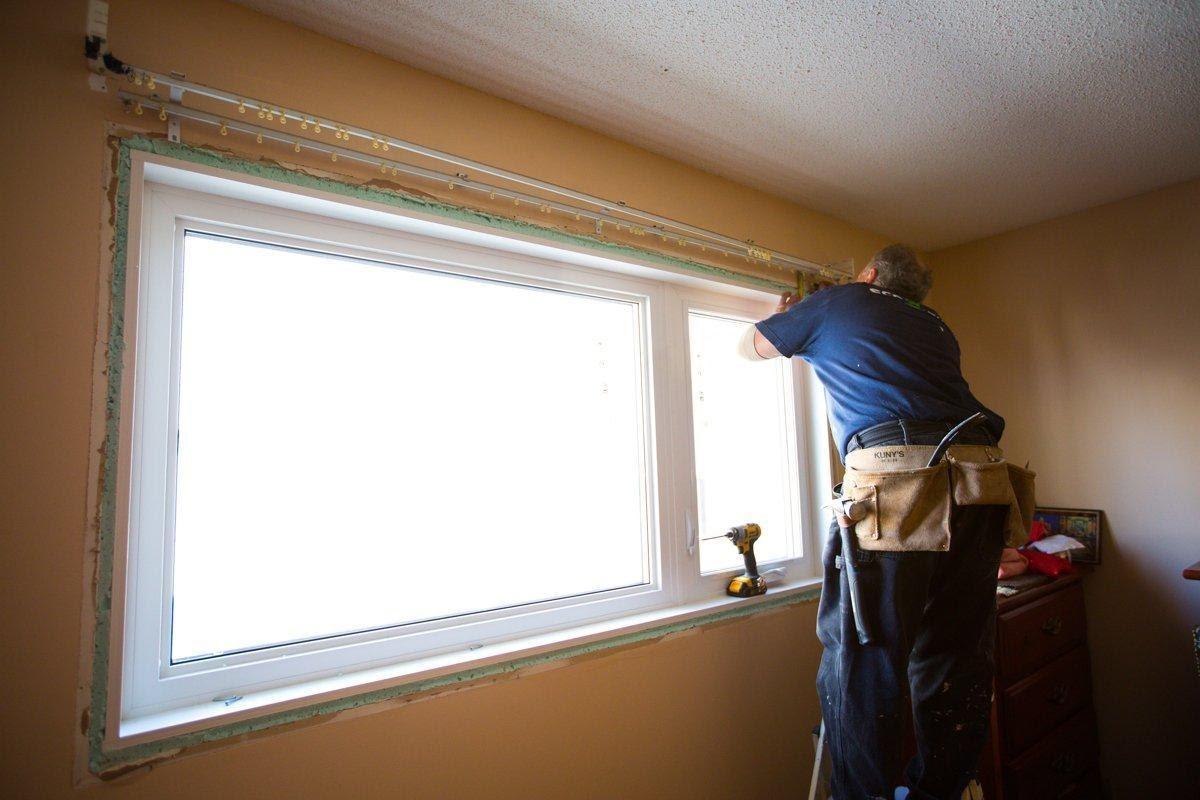

Articles
How To Measure Basement Windows
Modified: January 29, 2024
Learn how to measure basement windows with our informative articles, providing step-by-step instructions and helpful tips for accurate measurements.
(Many of the links in this article redirect to a specific reviewed product. Your purchase of these products through affiliate links helps to generate commission for Storables.com, at no extra cost. Learn more)
Introduction
Basement windows are an essential component of any basement. They bring in natural light, improve ventilation, and are crucial for emergency exits. Whether you are renovating your basement or planning to replace your existing windows, measuring them accurately is a crucial step to ensure a proper fit.
In this article, we will discuss the reasons why measuring basement windows is important, the tools you need for the task, a step-by-step guide to measure the windows, common mistakes to avoid, and the factors to consider when choosing replacement windows. So, let’s dive in and learn how to measure basement windows effectively!
Key Takeaways:
- Accurate measurements of basement windows are crucial for proper fitting, optimal functionality, enhanced safety, and cost-effective window replacement, ensuring a seamless and efficient renovation or upgrade process.
- When choosing replacement windows, consider factors such as material, style, energy efficiency, security features, and budget to make an informed decision that enhances the functionality and aesthetics of your basement space.
Read more: How To Remove Window Blinds
Reasons to Measure Basement Windows
Measuring basement windows is essential for several reasons:
- Proper fitting: Accurate measurements ensure that the replacement windows will fit perfectly into the existing window openings. This helps in avoiding any gaps or drafts that can compromise the energy efficiency of your basement.
- Optimal functionality: Measuring the windows allows you to determine the appropriate size for the replacement windows, ensuring they open and close smoothly without any obstruction.
- Enhanced safety: Basement windows serve as emergency exits in case of fire or other emergencies. By measuring the windows correctly, you can ensure that the replacement windows meet the necessary safety requirements and can be easily opened and accessed if needed.
- Aesthetics: Measuring the windows beforehand helps you choose replacement windows that align with your desired aesthetics. Whether you want a specific style or design, accurate measurements allow you to select the windows that will enhance the overall look of your basement.
- Cost-effective: Accurate measurements prevent you from purchasing ill-fitting windows, saving you time and money. By measuring correctly, you can avoid the hassle of returning or replacing windows that don’t fit.
By understanding the importance of measuring basement windows, you can proceed with confidence and ensure that your replacement windows fit perfectly, function optimally, and meet your safety and aesthetic requirements.
Tools Needed for Measuring Basement Windows
Before you begin measuring your basement windows, it’s important to gather the necessary tools for the task. Here are the essential tools you’ll need:
- Tape Measure: A tape measure is the primary tool for measuring the dimensions of your windows. Make sure you have a reliable and accurate tape measure that can measure in both inches and centimeters.
- Pencil and Paper: Have a pencil or pen and paper ready to jot down the measurements as you take them. This will help you keep track of the dimensions and avoid any confusion.
- Ladder: Depending on the height of your basement windows, you may need a ladder to reach and measure them comfortably. Ensure the ladder is stable and secure before climbing it.
- Level: A level is helpful to ensure that your measurements are straight and accurate. It will help you determine if your windows are level or if there is any slope that needs to be considered during the measurements.
- Flashlight: In case your basement is poorly lit, a flashlight can assist you in properly examining the windows and taking accurate measurements.
- Gloves and Safety Gear: It’s always a good idea to wear gloves and any necessary safety gear, especially when dealing with older or damaged basement windows. This will protect your hands and prevent any accidents or injuries.
By having these essential tools ready, you’ll be well-prepared to measure your basement windows accurately and efficiently. Remember to double-check all measurements to ensure precision and avoid any errors that could lead to ill-fitting replacement windows.
Step-by-Step Guide to Measure Basement Windows
Measuring basement windows may seem daunting, but by following these step-by-step instructions, you’ll be able to measure with ease:
- Start with the Width: Measure the width of the window opening from one side to the other. Take the measurement at three different points: the top, middle, and bottom of the window. Note down the smallest measurement of the three. This ensures that your replacement window will fit properly even if there are slight variations in the opening size.
- Measure the Height: Measure the height of the window opening from the top to the bottom. Just like with the width, take measurements at three points: left side, center, and right side of the window. Again, note down the smallest measurement to ensure an accurate fit.
- Measure the Depth: The depth of the window refers to the distance from the interior of the frame to the exterior wall. Measure this depth to determine the thickness of the replacement window you’ll need.
- Check for any Obstructions: Take note of any obstructions like pipes or faucets near the window opening that might affect the installation of the replacement window. Measure the distance from these obstructions to ensure they won’t interfere with the new window.
- Consider Window Style: If you’re planning to replace your basement windows with a different style, such as a casement or awning window, measure the space where the window will swing open or protrude. This will ensure that you have enough clearance for the window’s operation.
- Double-Check Measurements: Once you have all the measurements, double-check them to ensure accuracy. It’s always better to be thorough and avoid any mistakes that could lead to ill-fitting replacement windows.
Remember, when measuring basement windows, it’s crucial to be precise and take multiple measurements to account for any variations or irregularities in the window openings. By following these steps, you’ll have accurate measurements that will help you choose the perfect replacement windows for your basement.
When measuring basement windows, be sure to measure the width and height of the window opening from multiple points to account for any irregularities. Always use the smallest measurement to ensure a proper fit for the new window.
Common Mistakes to Avoid
When measuring basement windows, there are some common mistakes that you should avoid to ensure accurate measurements and a successful window replacement project. Here are a few key mistakes to watch out for:
- Not Measuring at Multiple Points: It’s important to measure the width and height of the window at multiple points to account for any variations in the opening. Only taking a single measurement may lead to ill-fitting replacement windows.
- Forgetting to Account for Obstructions: Failing to consider any obstructions near the window, such as pipes or faucets, can cause issues during installation. Make sure to measure the distance from these obstructions to ensure they won’t interfere with the new window.
- Incorrectly Measuring the Depth: The window’s depth is often overlooked but is crucial in determining the thickness of the replacement window required. Ensure that you accurately measure the depth to avoid choosing a window that won’t fit properly.
- Not Double-Checking Measurements: Accuracy is key when measuring basement windows. Failing to double-check the measurements can lead to errors and result in replacement windows that are too big or too small for the openings.
- Ignoring Window Style Considerations: If you plan to change the style of your basement windows, such as opting for casement or awning windows, it’s important to consider the space required for the new window to swing open or protrude. Ignoring this aspect can result in limited functionality and improper fit.
- Measuring When the Window is Damaged or Not Fully Extended: It’s important to measure the window when it’s in optimal condition and fully extended. Measuring a damaged window or one that is not fully opened may result in inaccurate measurements.
By avoiding these common mistakes, you can ensure precise measurements that will help you select the right replacement windows for your basement. Taking the time to measure correctly will save you from costly errors and ensure a seamless window replacement process.
Read more: How To Lower Window Blinds
Factors to Consider when Choosing Replacement Windows
When selecting replacement windows for your basement, it’s important to consider various factors to ensure the best fit and functionality. Here are some key factors to keep in mind:
- Window Material: Consider the material of the replacement window. Common options include vinyl, wood, fiberglass, and aluminum. Each material has its own benefits and drawbacks, so choose one that aligns with your preferences in terms of durability, maintenance, energy efficiency, and aesthetics.
- Window Style: Select a window style that suits your design preferences and the functionality you desire. Options include double-hung, casement, awning, sliding, or fixed windows. Each style has its unique characteristics, so choose one that complements your basement’s overall design and offers the features you need.
- Energy Efficiency: Look for replacement windows with high energy-efficiency ratings. Energy-efficient windows help reduce heat loss or gain, leading to lower energy bills and a more comfortable living environment. Consider features like low-emissivity coatings, multiple panes, and gas-filled spaces between the panes.
- Window Glass: Choose the right type of glass for your basement windows. Options include single-pane, double-pane, or even triple-pane glass. Consider the insulation properties, noise reduction capabilities, and UV protection offered by different glass options.
- Security Features: Basement windows should have adequate security features. Look for windows with multi-point locking systems, strong frames, and impact-resistant glass to enhance the safety and security of your basement.
- Budget: Consider your budget when selecting replacement windows. Determine the amount you are willing to spend and find options that offer the best value in terms of quality, features, and durability within your budget.
- Professional Installation: Factor in the installation process. While you can measure and purchase the windows yourself, consider hiring a professional for efficient and accurate installation. Professional installation ensures proper sealing, reduces the risk of damage to the windows, and guarantees optimal performance.
By considering these factors, you can make an informed decision when choosing replacement windows for your basement. Remember to prioritize your specific needs, such as energy efficiency, security, and design, to find the perfect windows that enhance the functionality and beauty of your basement space.
Conclusion
Measuring basement windows accurately is a crucial step in any window replacement or renovation project. By measuring correctly, you ensure a proper fit, optimal functionality, enhanced safety, and aesthetics for your basement windows.
In this article, we discussed the reasons why measuring basement windows is important and the tools you need for the task. We also provided a step-by-step guide to help you measure your basement windows accurately, along with common mistakes to avoid and factors to consider when choosing replacement windows.
Remember, taking precise measurements, considering obstructions, double-checking your numbers, and selecting the right replacement windows based on material, style, energy efficiency, and security features are all crucial factors for a successful window replacement project.
Whether you’re renovating your basement or simply want to replace your existing windows, investing time and effort in measuring your basement windows will ensure that you choose the perfect replacement windows that fit flawlessly, function optimally, and enhance the overall aesthetics of your basement.
So, armed with the knowledge from this article, go ahead and confidently measure your basement windows, make informed decisions, and enjoy the benefits of well-fitted and beautiful replacement windows in your basement!
Frequently Asked Questions about How To Measure Basement Windows
Was this page helpful?
At Storables.com, we guarantee accurate and reliable information. Our content, validated by Expert Board Contributors, is crafted following stringent Editorial Policies. We're committed to providing you with well-researched, expert-backed insights for all your informational needs.
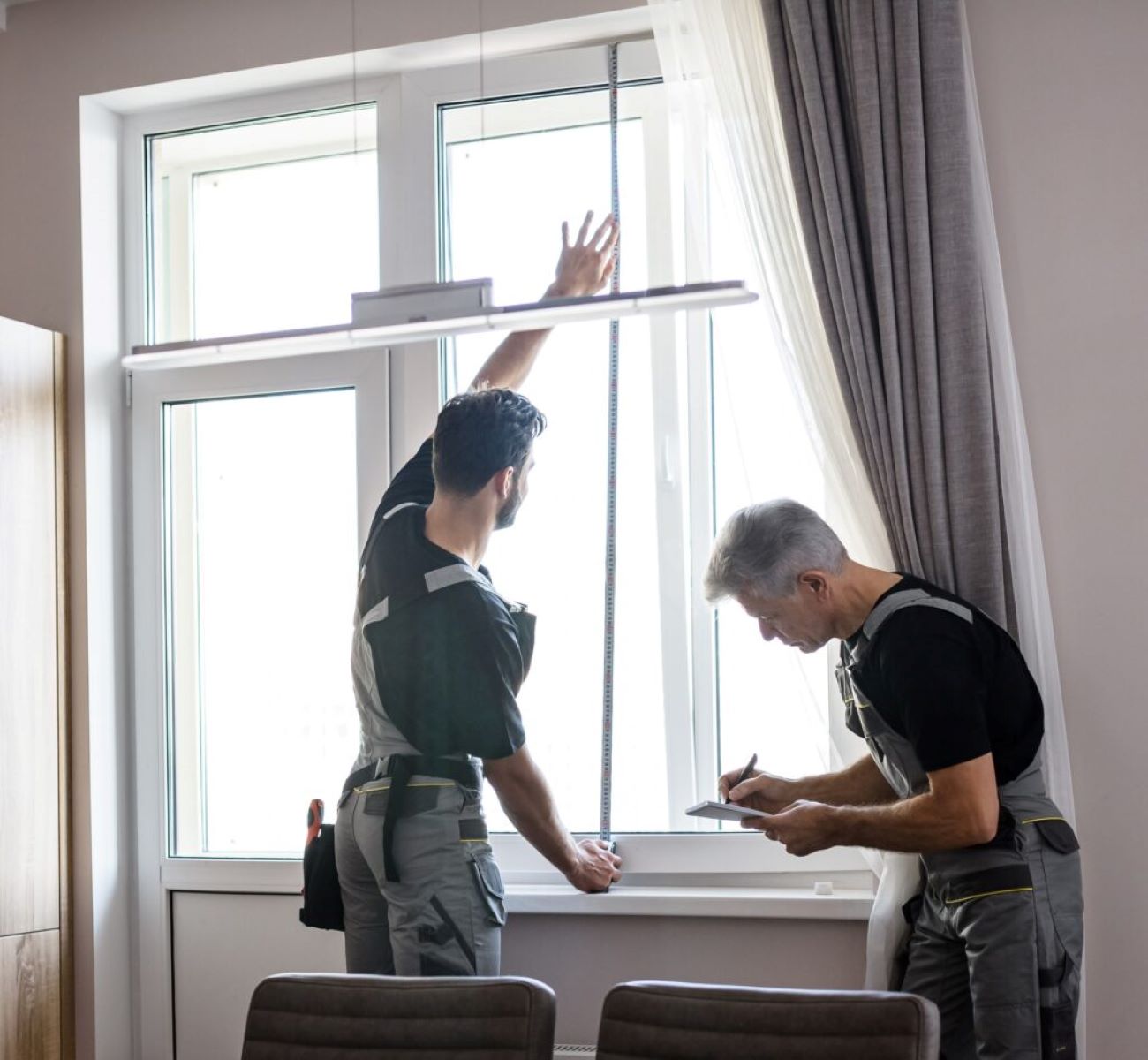
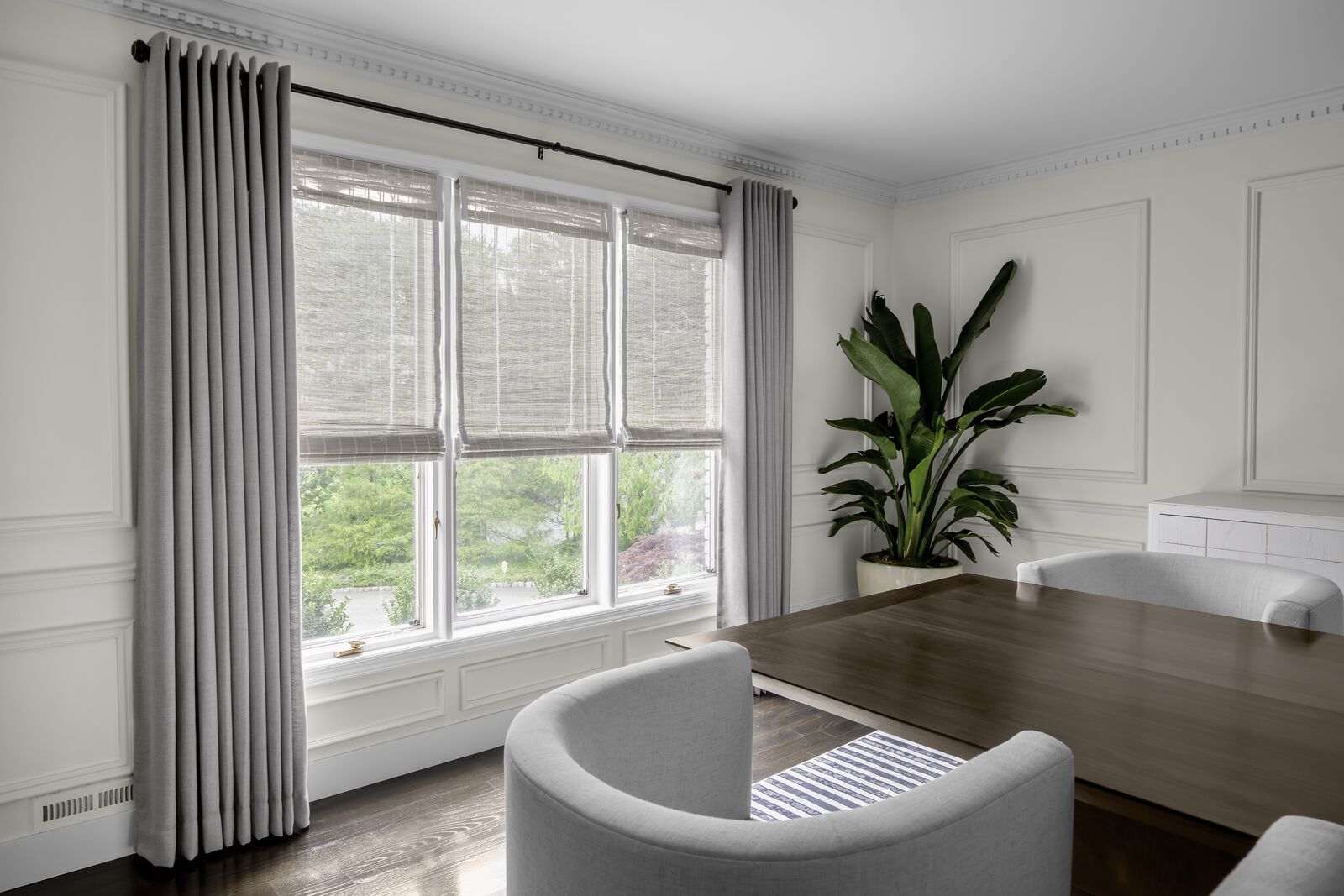
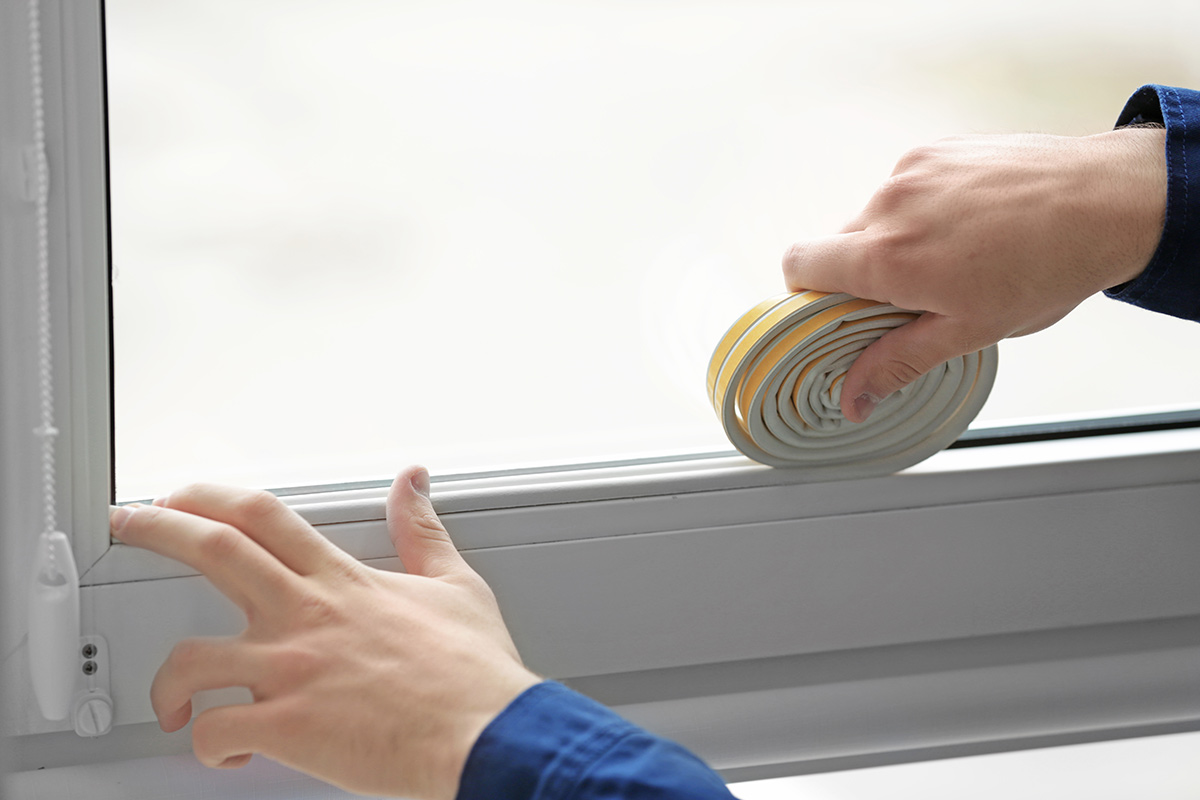
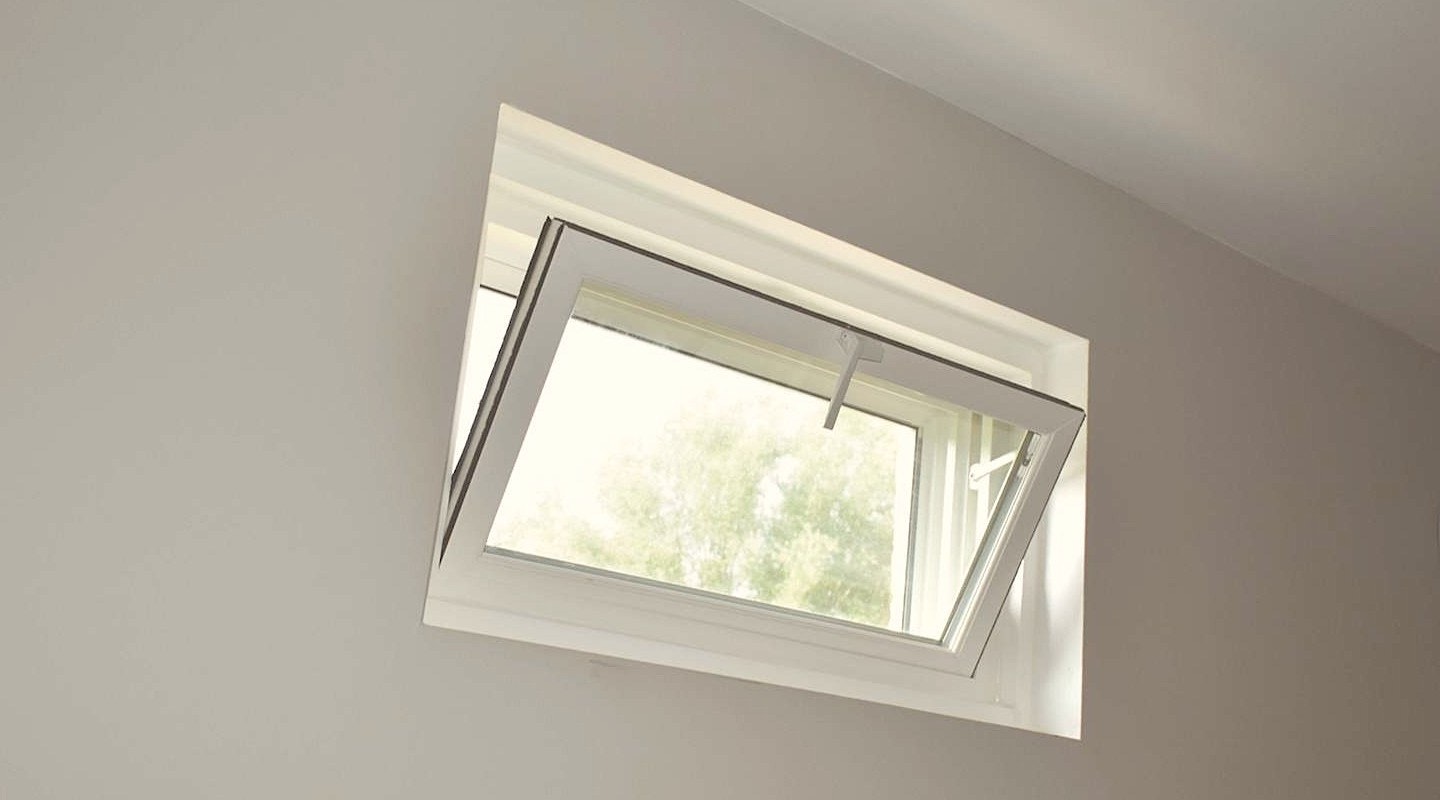
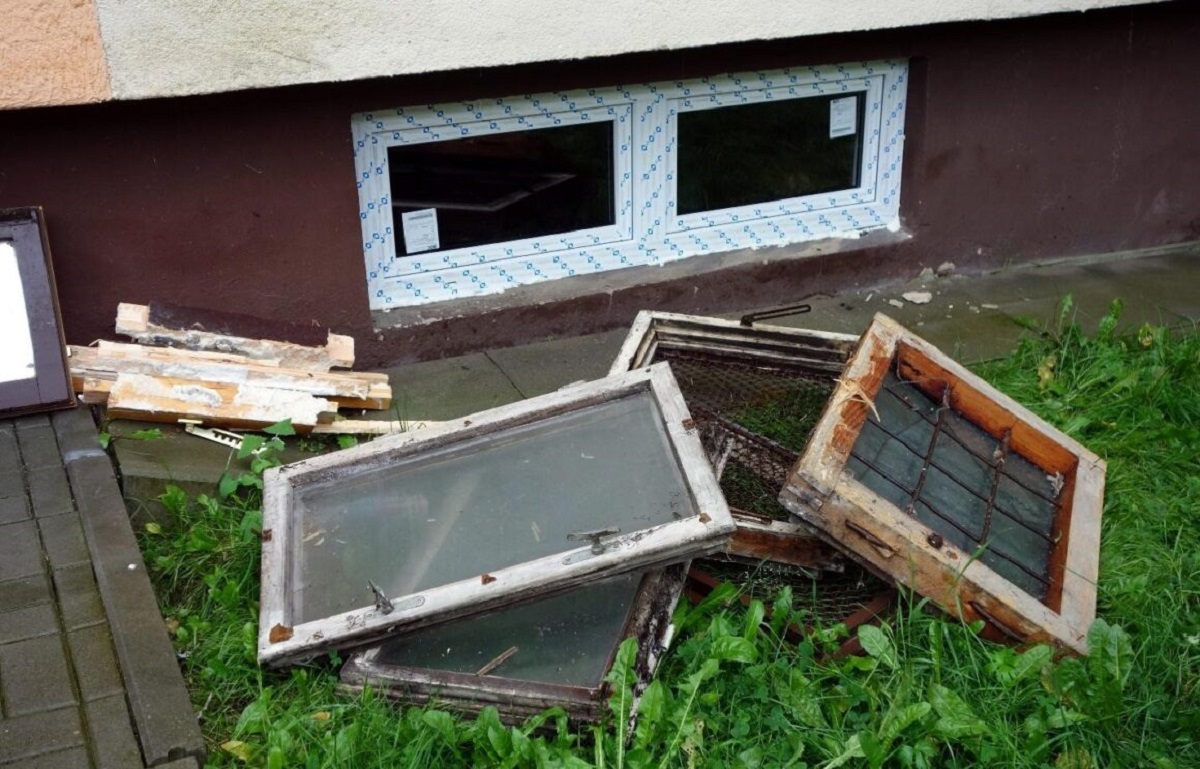
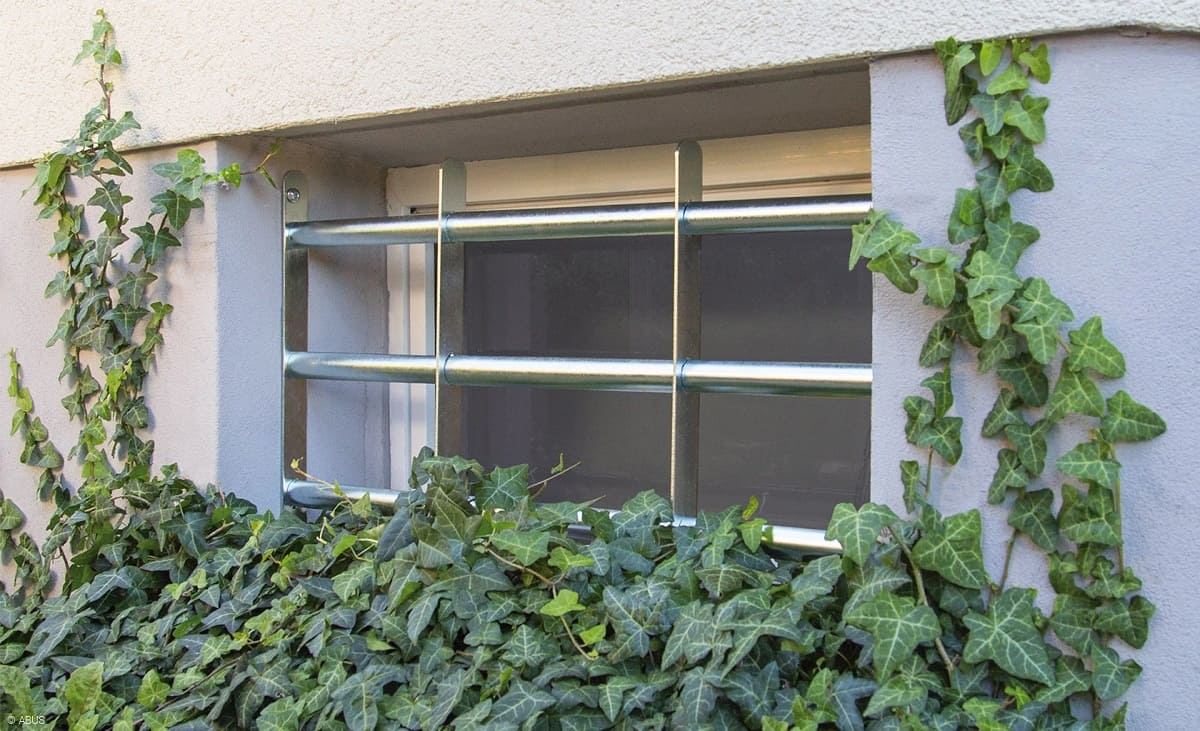
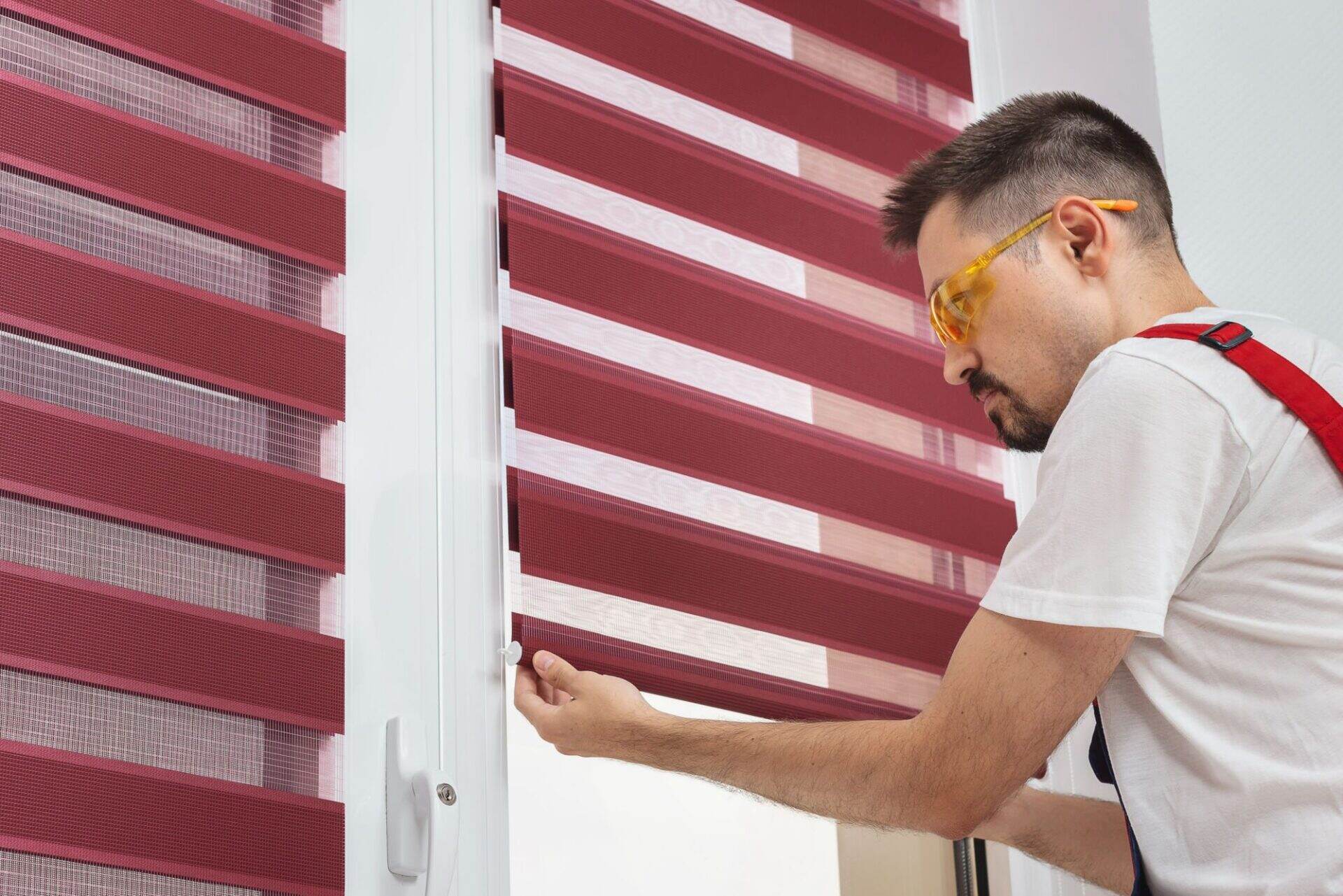
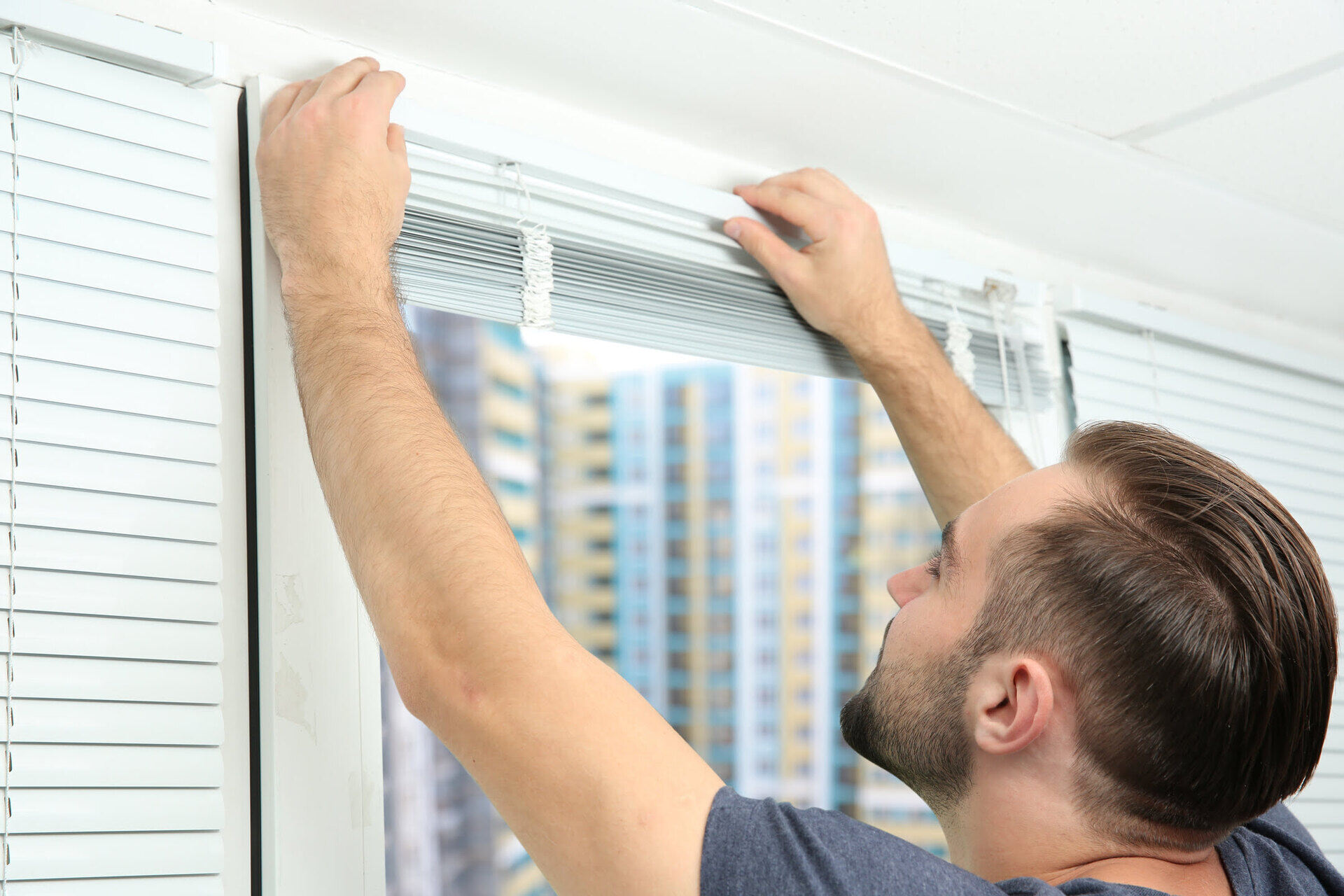
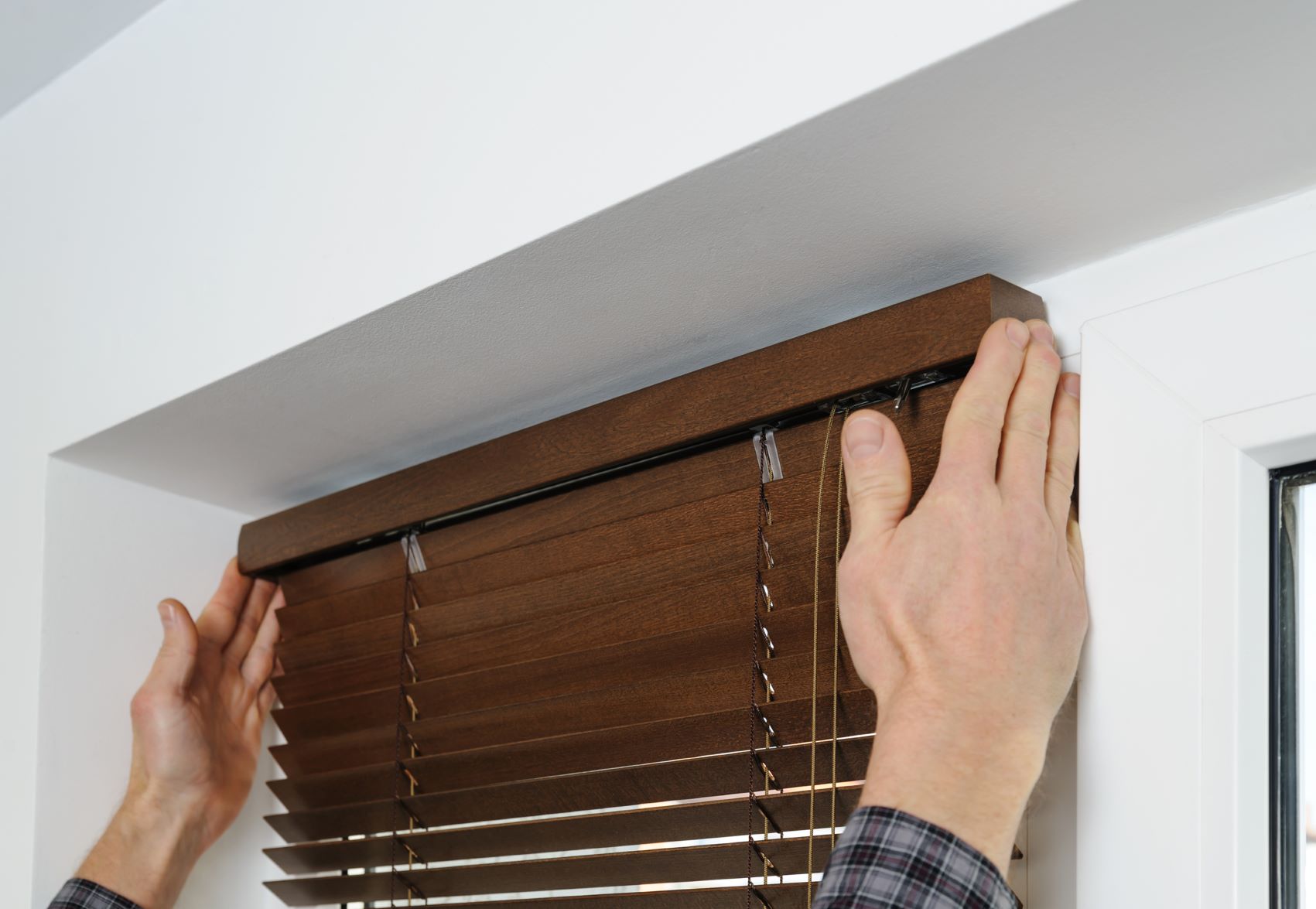
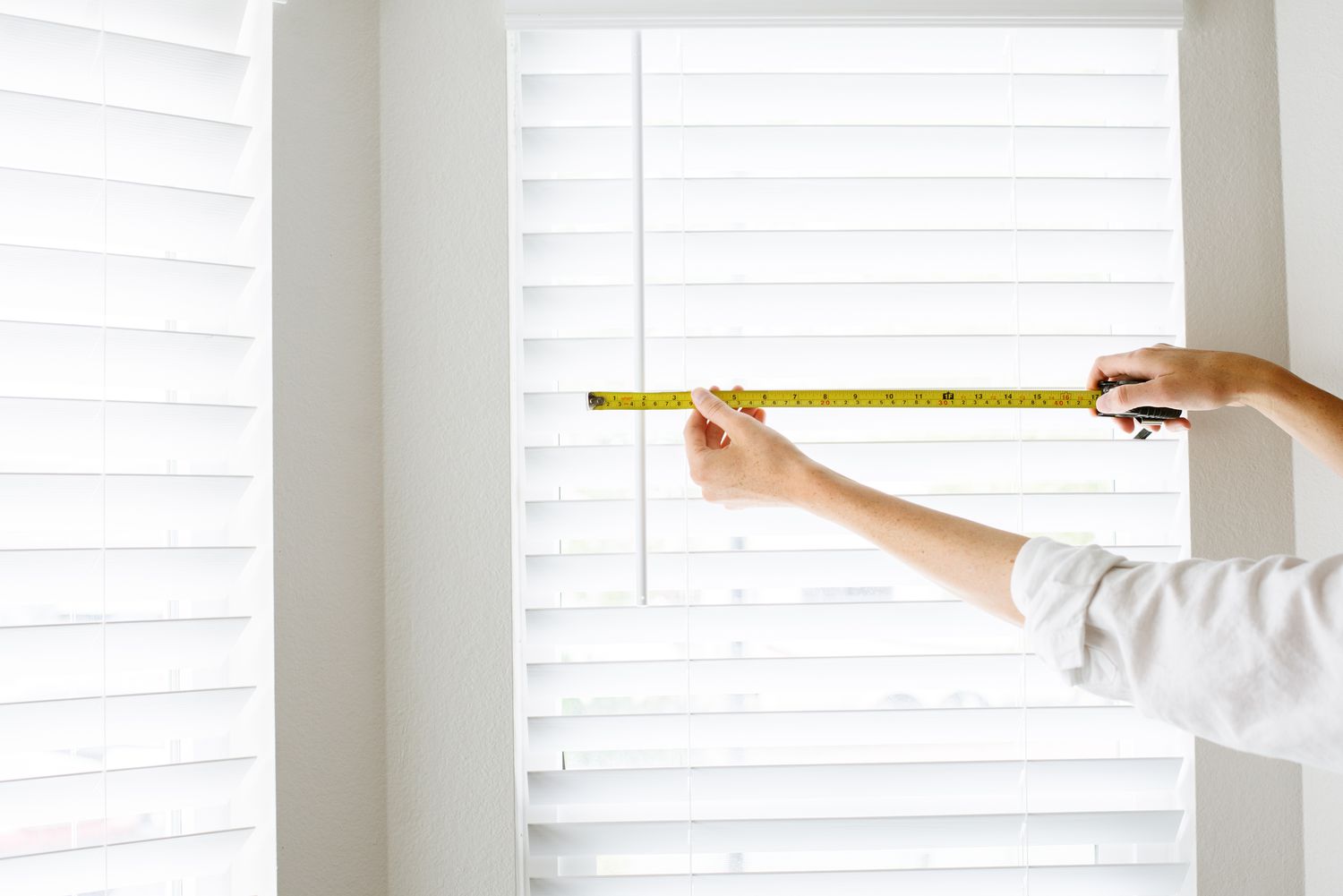
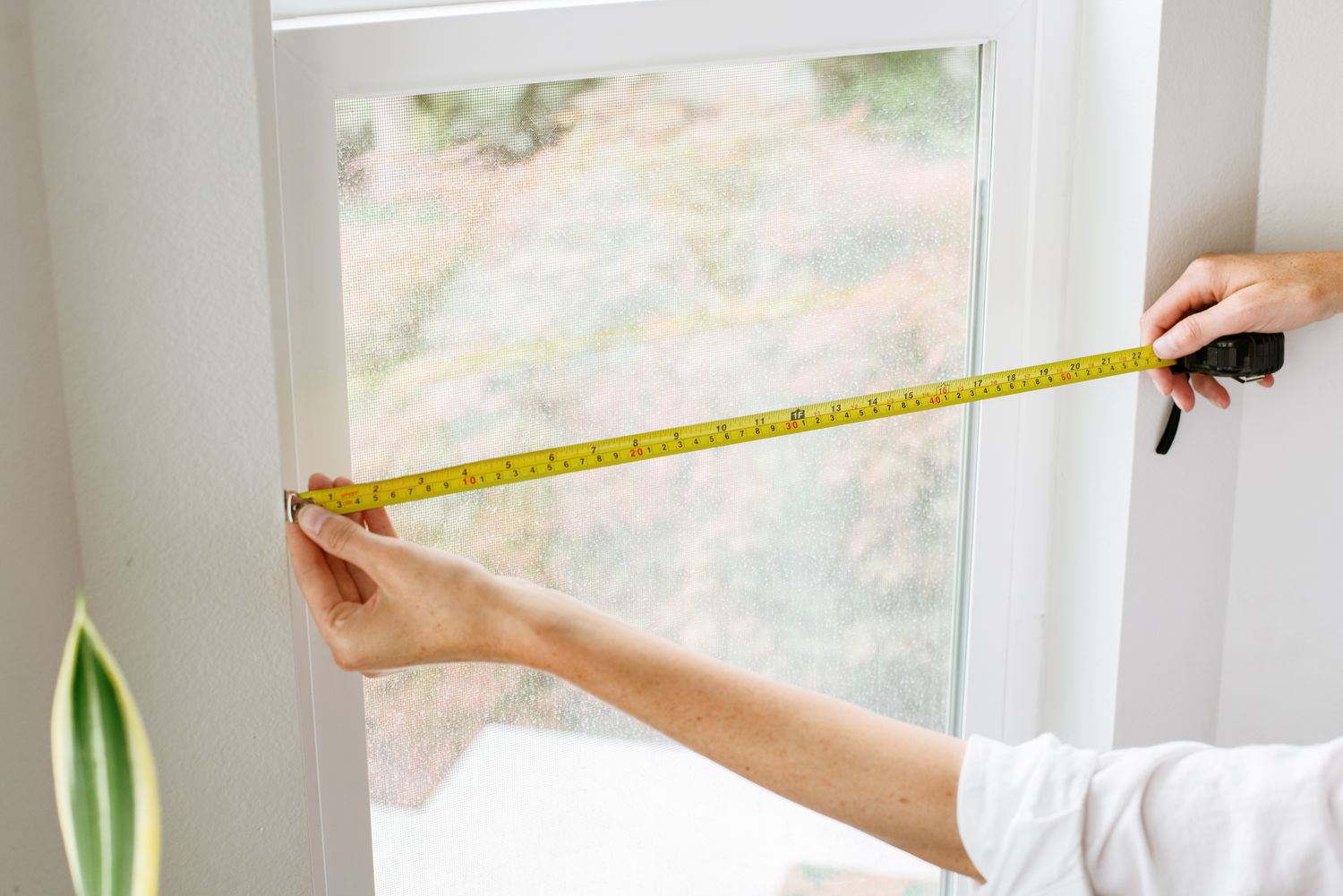
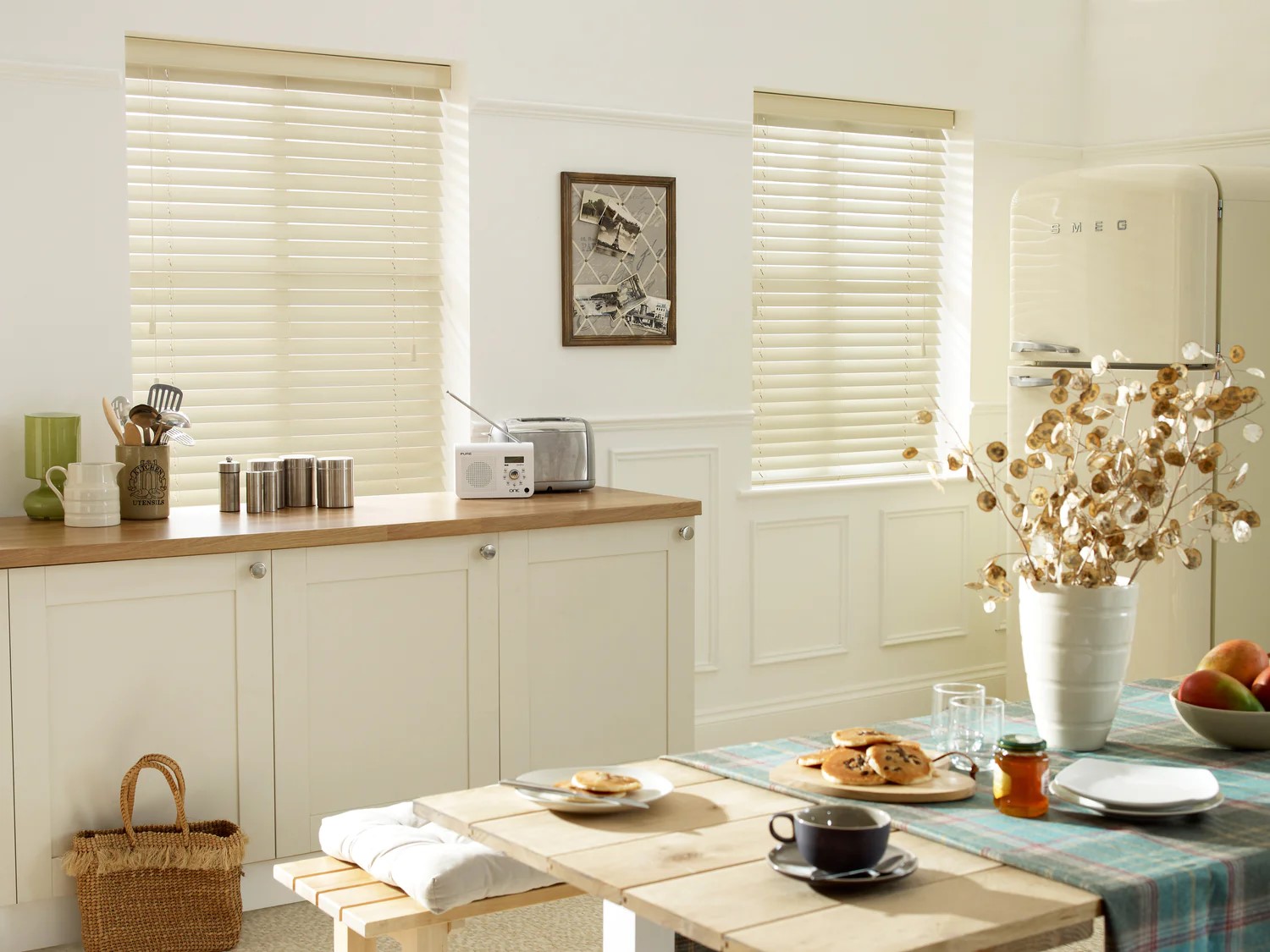
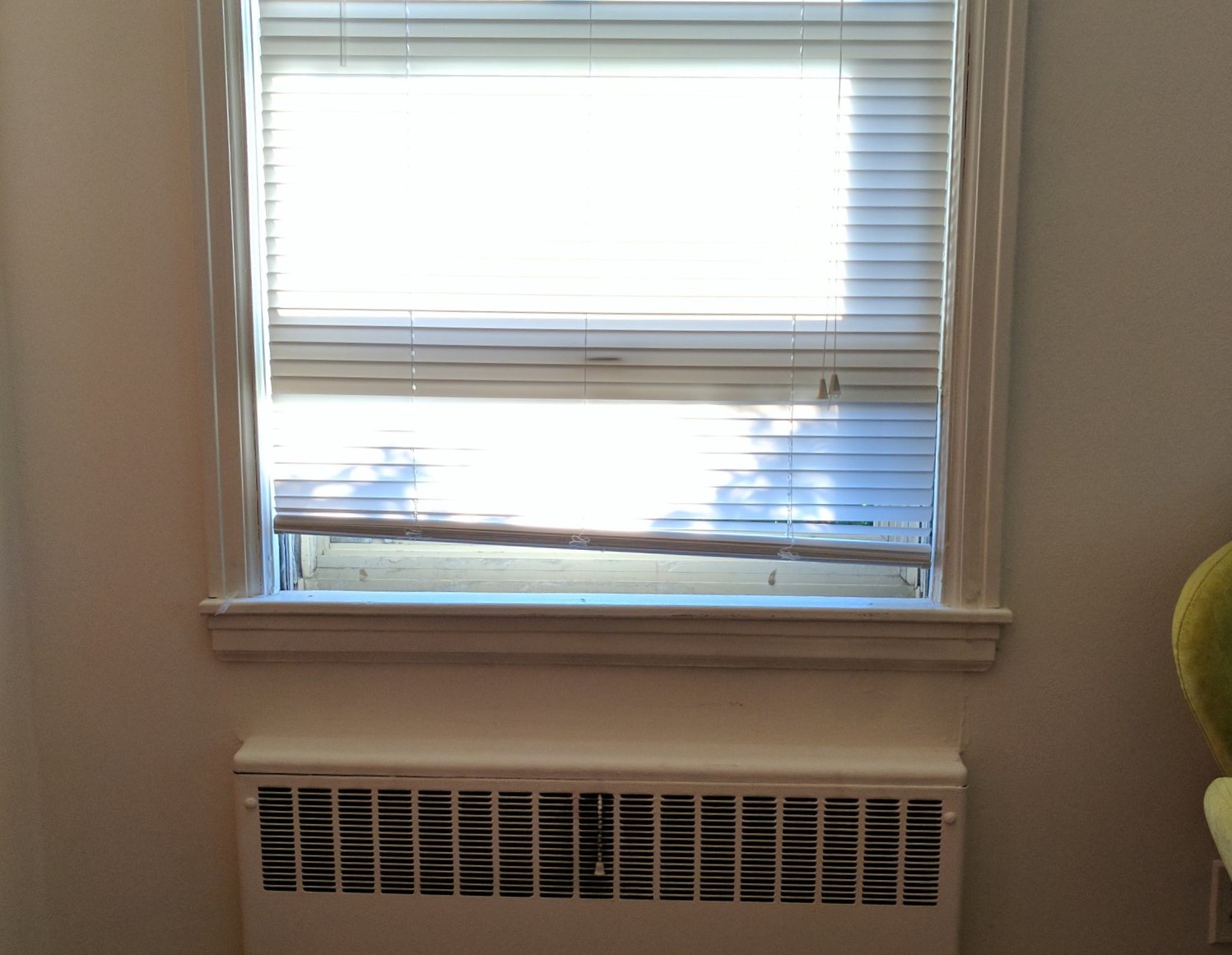
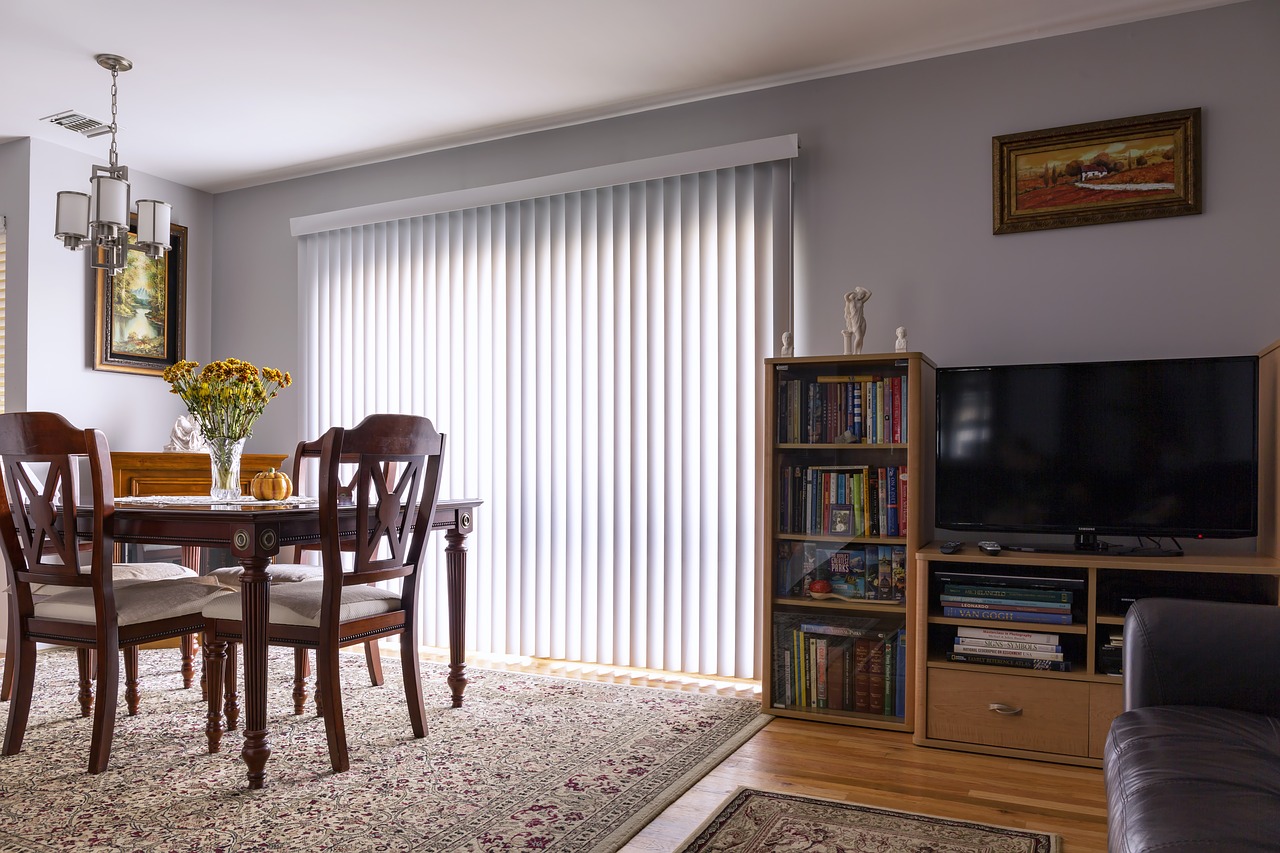

0 thoughts on “How To Measure Basement Windows”